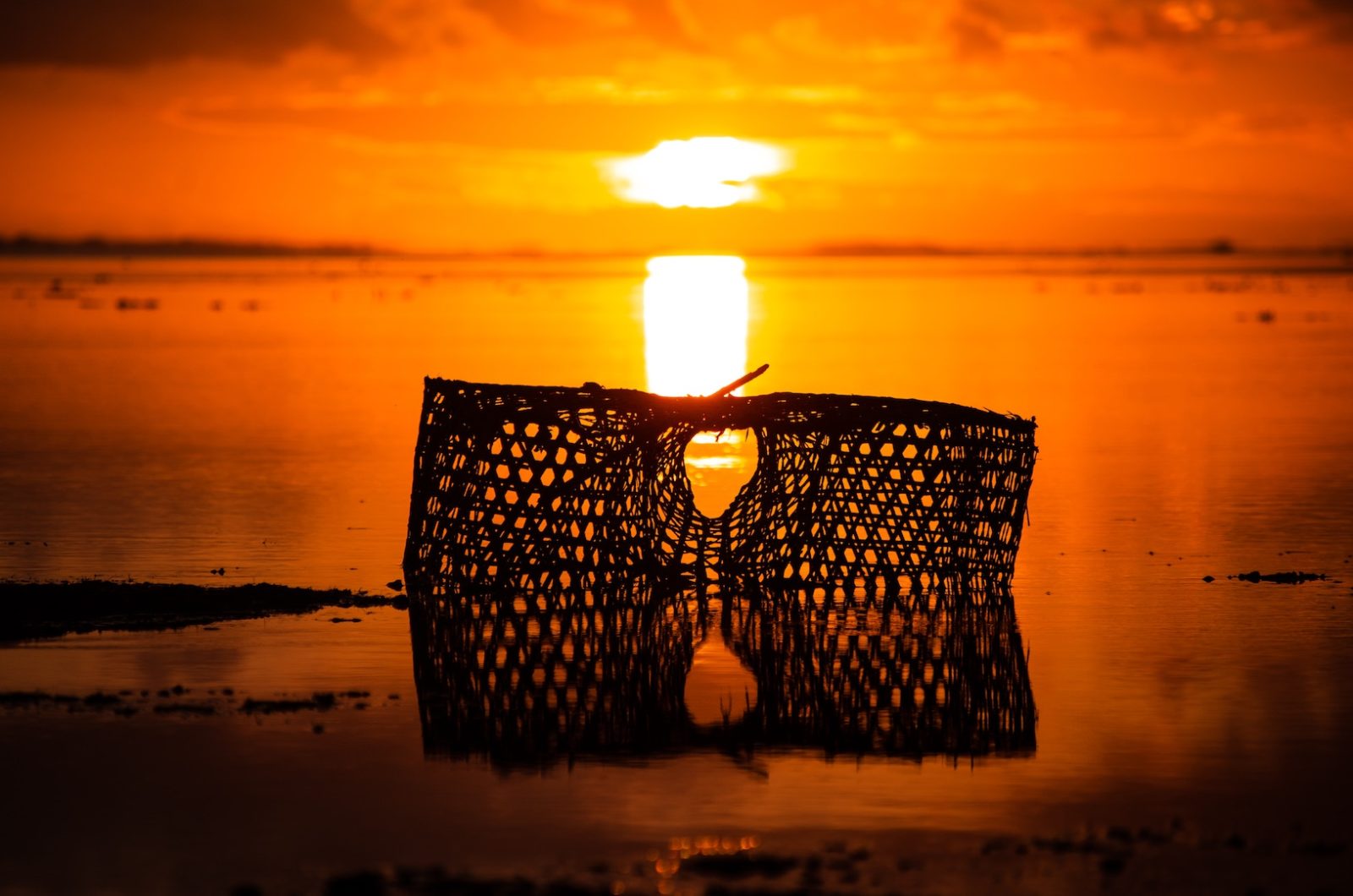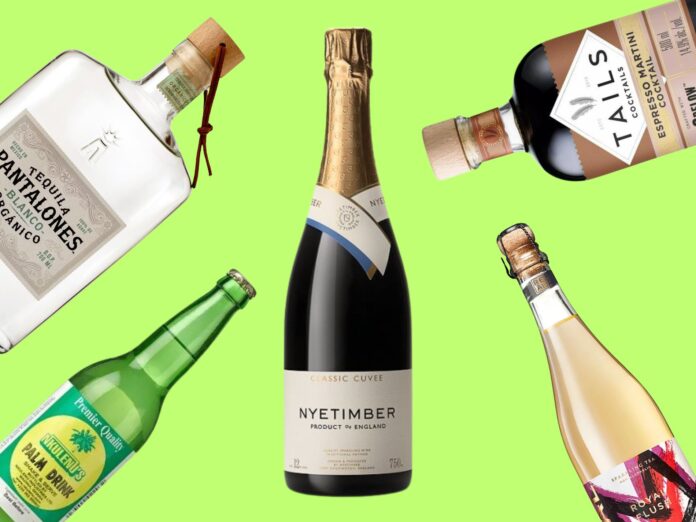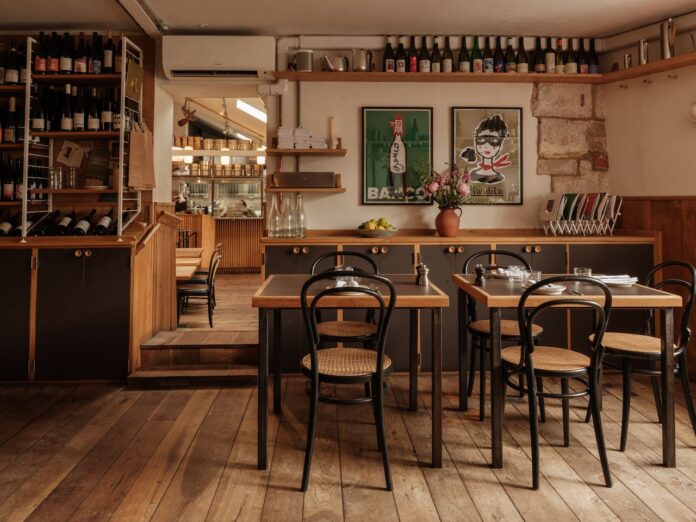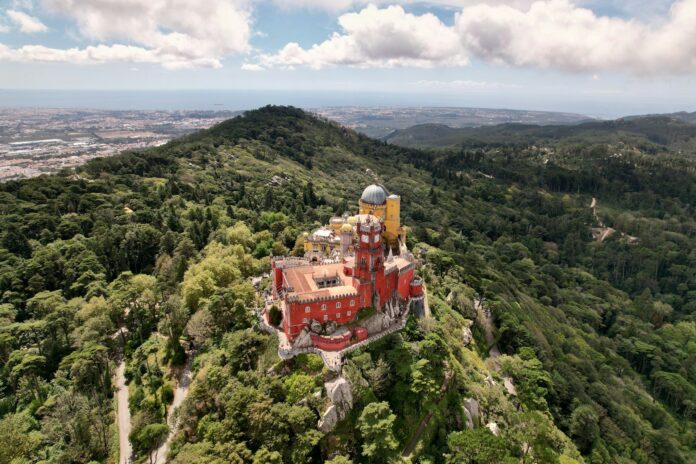Mark Twain certainly had it right when he said that “Mauritius was made first and then heaven; and that heaven was copied after Mauritius.” Indeed, the island is best known for being about as close to paradise as this humble planet can get, with lush landscapes, turquoise waters and beautiful beaches in part of the package. Perhaps not quite as well known, however, is that that it’s also home to one of the world’s greatest Creole cuisines. Mauritians are descendants of people from Africa, Asia, Indian and Europe and as such it’s cuisine is an interesting and intoxicating mix of flavours and flair from different countries and continents.
Need more convincing? Well, the capital Port Louis was recently ranked by CNN as having the 16th best street food in the world, so if you’re visiting the island, its food and flavours should definitely be on your agenda. Even if you’re on one of those wonderfully luxurious Mauritius all inclusive holidays where all your drinks and food are part of the package, you’d be a fool not to get out and explore more of the island’s cuisine. With that in mind, here are 6 foodie things to do in Mauritius.
ENJOY FRESH FISH AND SENSATIONAL SEAFOOD
With the surrounding warm waters of the Indian Ocean, the bounty of fresh fish and seafood from its waters is something else. Exotic catches like marlin and parrot fish are typical offerings. Fitting for an exotic holiday, a plate of smoked Blue Marlin served with palm heart salad is a typical dish you’ll find on menus across the island and shouldn’t be missed. If you still haven’t had your fill from the deep, look out creole specialities like Fish Vindaye. This intensely flavoured dish features fish cooked in turmeric, mustard, garlic and ginger and is not only one of the most popular dishes, but perhaps the island’s defining dish.
The north has the greatest concentration and variety of beaches on the island and it’s in the northern coastal villages you’ll find some of the best seafood restaurants. Further south, Poste de Flacq is another place known for its seafood restaurants and is home to a sea farm rearing oysters and sea cucumbers and the fishing village of Mahébourg in the south-eastern coast is one of the best places for lobster. Simply grilled on the barbeque is the best way to have it.
 Blue Marlin Kim/Flickr
Blue Marlin Kim/Flickr
STOP FOR STREET FOOD IN PORT LOUIS
Everywhere you turn in Mauritius you’re guaranteed to see food stalls offering local specialities to islanders and tourists alike. As we mentioned above, one of the best places to get your fill of the Mauritian street food culture is in the capital, Port Louis. The hustle and bustle of the city’s historical bazaar brings perhaps the best range of local snacks and cheap eats and there’s a small food court where you can sample most of the best-known dishes, all conveniently housed under one roof. A must-try is Dholl puri, a kind of pancake made from ground yellow split peas and seasoned with cumin and turmeric then stuffed with butter bean curry and rougaille (a spicy Creole tomato sauce and the soul of many a Mauritian dish) and topped with chutney and pickles. Gateaux pimments – little chilli cakes similar to fried fritters – are another street-food-snack must try, as are manioc goujons; delicious deep-fried cassava chips.
DON’T FORGET THE FOODIE SOUVENIRS
While you’re at the market, don’t forget to get your foodie souvenirs. Mazavaroo, a complex chilli paste made from chillies, garlic, ginger, preserved lemons and spices is served with just about everything and they sell it at the market by the bucketload. Get a jar and take this fiery taste of the island home with you; soon you’ll find you’re slathering it on everything. Vanilla, which is grown on the island, is prevalent in both savoury and sweet dishes here. However, when it comes to vanilla products, Bois Chéri vanilla tea is the premium product, and of course, you can buy it at the market. But be warned, if you’re after vanilla itself, be mindful that plenty sold at the markets is from nearby Madagascar. If you want authentic Mauritian vanilla products, take a trip to the Saint Aubin plantation where you can even take a vanilla tour should you so wish.
CHOW DOWN IN CHINATOWN
Mauritius is home to reportedly the oldest china-town in the whole of Africa. From the 1780s a wave of Chinese immigrants came to the island bringing their food customs with them. Known as Sino–Mauritians, today they form about 3% of the local population, and while their numbers may be small, their food is immensely popular and attracts visitors from all over the island and indeed, the world.
In Chinatown, you’ll find vendors selling wontons, spring rolls and steamed pork buns at every turn. Bol Renverse, often revered to as ‘magic’ or ‘upside-down’ bowl is perhaps the most famous of the Sino-Mauritian dishes. An egg, some stir-fried meat and veg, and of course, rice is all layered into a bowl, then flipped onto a plate and the bowl is then taken off to reveal a dome shape, with the egg on top. You can find this dish at nearly every Sino-Mauritian Restaurant. A foodie visit to this part of town wouldn’t be complete without a bowl of boulettes soup (dumpling soup).
Since Sino–Mauritians have the bounty of the sea at the fling of a rod, we think the best version is made from fish, prawns and crab, all swimming in a fishy broth. That said, chou chou, an exotic pear-shaped vegetable cultivated on the island, is another dim sum winner for us. Mine frit (fried noodles) is yet another popular snack within the Sino–Mauritian repertoire. In other words, you won’t go hungry in Chinatown.
If you’re interested in touring this part of town, the best time to come is during the Chinese Spring Festival which takes place on the second full moon after the winter solstice. The festival is widely, and fervently, celebrated – in fact, it’s a holiday across the whole island.
ENJOY A BOTTLE OF RUM
Where there’s sugar cane, there’s rum, and there’s certainly a lot of rum in Mauritius. There are a number of distilleries across the island that offer tastings; two of the oldest and most famous are St Aubin and Chateau Labourdonnais. Over the last decade, the rum industry in Mauritius has grown exponentially. For decades, sugar was the only commodity worth cultivating and exporting, so there was a ban on using raw sugarcane to distil rum. Since the government lifted the ban, however, there’s been a boom in small-scale artisanal bottlers producing Agricole rum, which in turn has caused bigger distilleries to diversify and experiment with a broader range of offerings. As such, now is an exciting time to learn about Mauritius’ rum industry.
The magic liquor comes in a variety of grades, from light to dark, depending on how long they’re fermented. However, look out for bottles of Rhum Arrangè where local sugar cane rum steeped in different types of fruits and flavours forms the body. The word arrangè refers to infusion, and they infuse the rum with local produce including lychee, coconut, vanilla and even chilli. Also, try a glass or two of Ti rum punch; a traditional version which mixes Agricole rum with sugar syrup and lime. By the end of it you’ll be a rum maestro, know how to mix a decent rum punch or at the very least be a little bit squiffy. If rum isn’t your thing, try the Island’s famous Phoenix beer which has bagged several international awards since 1963.
INDULGE YOUR SWEET TOOTH
As we said, Mauritius is known for its sugar-production, so make the most of it and indulge your sweet tooth. At the central market you can pick up a bag of Napolitaines; melt-in-your-mouth buttery shortbread biscuits filled with strawberry jam and covered with a layer of sweet pink sugar icing – a little taste of paradise, we reckon. Gateau Patate Douce, made with sweet potato, coconut, cardamon and lots of sugar is another local sweet treat that you can’t miss. Wash them both down with a glass of refreshing Alouda, the nation’s favourite non-alcoholic drink which contains vanilla, basil seeds, agar jelly and milk served over ice.
If you want to learn more about the sugar industry, visit L’Aventure du Sucre. This former factory is a sugar museum where you can learn everything about the island’s industry. From the early cultivation of the canes and the role of slavery in its production to having the opportunity to sample many different varieties of unrefined sugar, it makes for an informative day out. There’s also an on-site restaurant serving up sugary sensations for those not yet full from all our other recommendations.











